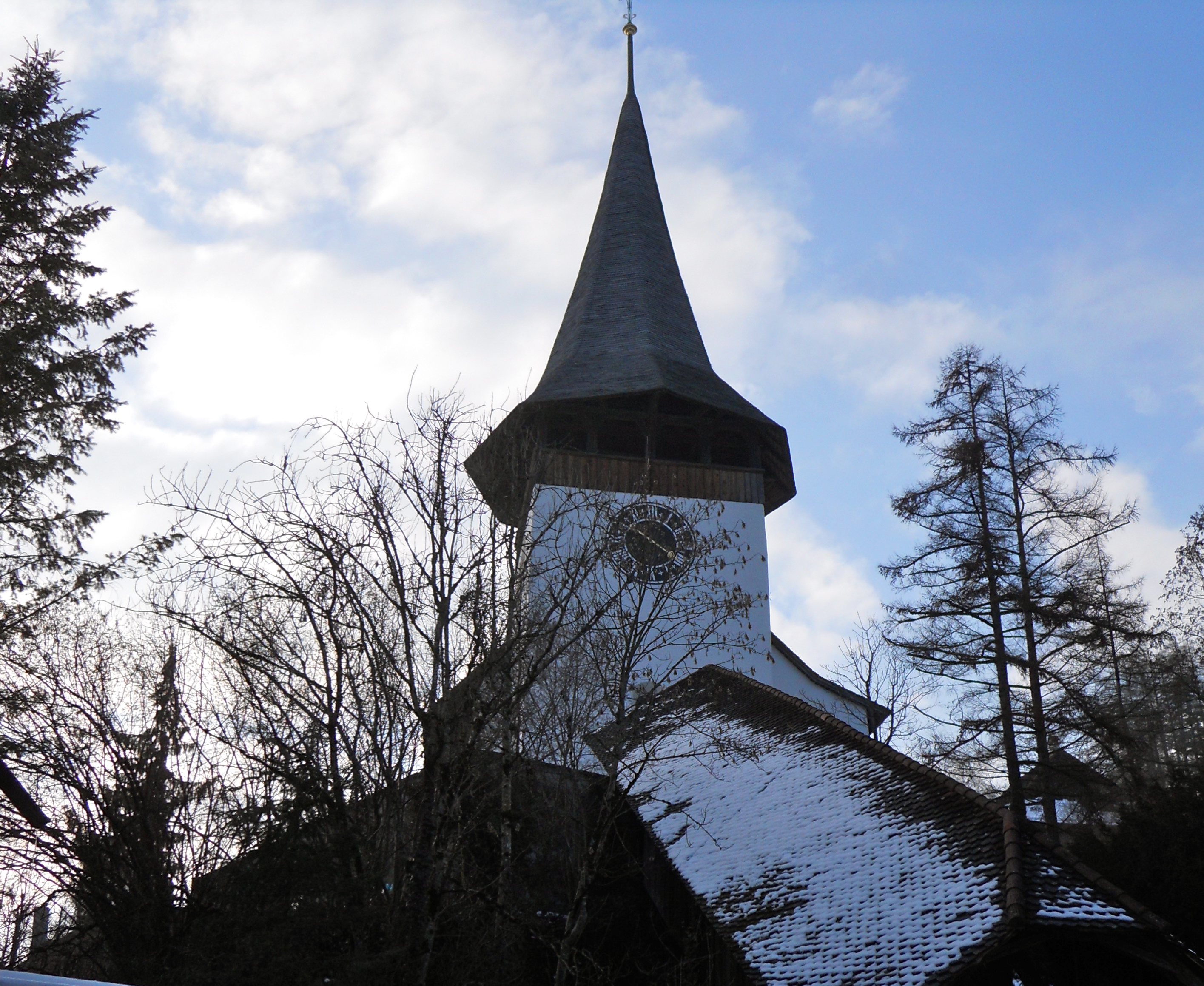Recently Pamela Lakits asked: “Why are there no more Amish in Europe? Could it have been possible that they all found their way to America? Did those left behind give up their faith and their way of living or were they imprisoned or put to death? In other words totally wiped out?”
Before I answer the question of why there are no Amish left in Europe, I want to back up and give a little history of the Amish and their parent “Anabaptist” movement.
The Anabaptists were a group of radical religious reformists who started in Switzerland. One of their founding principles was based on the idea of a “believers’ baptism” as opposed to being baptized as an infant. This and other beliefs led to conflict with church and state authorities.
The most widely accepted date posited for the establishment of Anabaptism is January 21, 1525 when sixteen “radicals” met, including the three who are thought of today as the founders of the movement — Conrad Grebel, George Blaurock, and Felix Manz. At that meeting Grebel baptized George Blaurock, and Blaurock in turn baptized several others. These were the first known baptisms in the movement.
The church and state authorities began calling the reformers “Wiedertaüfer” (Anabaptists) meaning “those who baptize again.” The reformers did not like this name because they claimed infant baptism was not a valid one. They preferred to be called Swiss Brethren. Nonetheless, the epithet stuck and today they are still known as Anabaptists, though it is now proper to call them simply “Taüfer” in German-speaking parts of Europe. I like to refer to the founders of the movement as Swiss Brethren.
One of the early leaders of the Swiss Brethren movement was a former monk, Michael Sattler, who is credited for authoring the Schleitheim Confession in 1527, which was the first time Swiss Brethren doctrine was documented. Here is a link to a blog post I wrote about Michael Sattler for those who want to know more about him. Also, I had the opportunity of visiting the town of Schleitheim.
Michael Sattler’s monastic experiences greatly influenced the Schleitheim Confession. Several of the articles are the same as those of the Benedictine rule. But he renounced the laws of celibacy when he married a former nun and fathered a child. His life in the Swiss Brethren movement was short. He was tortured and killed just two years after leaving the monastery.
The Swiss Brethren movement grew, despite the fact that they were being persecuted for their beliefs through the sixteenth and much of the seventeenth centuries. Eventually the movement spread through Switzerland, the Tyrol in Austria, Germany, the Netherlands, and Alsace.
About 160 years after the first baptisms, Jakob Ammann became a convert to the Swiss Brethren movement and eventually a church leader. He and several other leaders saw signs of assimilation in parts of Switzerland. Ammann and his family moved to Alsace to avoid persecution. He instituted several stricter reforms in an attempt to hold faster to church doctrine. He held communion twice a year instead of once, as was being practiced back in Switzerland. He challenged the idea that the “true-hearted” would be welcomed into the kingdom of heaven. “True-hearted” was the name of those who supported the Swiss Brethren and helped them to avoid persecution, though they themselves had not converted and become baptized. Ammann also began practicing foot-washing as part of communion. Perhaps most controversial of all was his decision to shun those who left the faith, not just from receiving communion bread, but in everyday living. This is one of the practices that the Amish hold to even today.
There is an Amish bishop in Ohio who firmly believes that Ammann was influenced by the Mennonites in Holland through letters exchanged between the church leaders there and the leaders in Alsace who were instituting the stricter reforms. I believe this bishop is right. All of the reforms Ammann was adopting can be traced to the the Dordrecht Confession, which the Dutch Mennonites had adopted in 1634. The Dordrecht Confession was stricter than the Schleitheim Confession that Michael Sattler had written more than a century earlier.
I often wonder how history would have been altered had Ammann and his compatriots stayed in Alsace. But they didn’t. They made a trip back to the Emmental Valley to challenge the leaders there to adopt the new reforms. That didn’t go very well. I find the most accessible documentation of the church split that resulted from this altercation is a book called Letters of the Amish Division: A Sourcebook translated and edited by John D. Roth.
Sometime after the split, the followers of Ammann became known as the Amish. I have asked several scholars when the Amish became known as such, who first named them Amish, and in what context. I have not received a definitive answer. I suspect that it was used as a slur, in much the same way as Anabaptist was used to describe the early radical reformers.

No one knows what became of Jakob Ammann, so we don’t have a place or time of his death. In 1730, his daughter requested membership into the Reformed church in Erlenbach, Switzerland. At that time she stated that her father had died. I find it fascinating that Ammann’s daughter returned to the birthplace of her father to request membership into a church that he would not have approved of. I visited a church in Erlenbach once. According to Wikipedia, it is likely the one Ammann was baptized in as an infant, and I have to think it is the same one where his daughter requested membership. As I discovered, there is something about that church that draws you to it. Next time I go there, I intend to go into it and see the murals that date back to between the thirteenth and fifteenth centuries. I hadn’t known about those when I was there looking at the church from the outside.
The Amish kept moving during the Holy Roman Empire, trying to find places that would grant them religious freedom. Sometimes they would be granted freedom in certain duchies, but that could suddenly change if the leader changed his mind, or if he was replaced.
The lure of religious freedom in “Penn’s Woods” attracted Amish and Mennonites to emigrate the United States in the early 1740s. According to Steven Nolt’s book The History of the Amish, there was a steady migration until 1860, which played a key role in draining membership and leadership from many European congregations. Amish congregations began assimilating into other churches, namely Mennonite. This assimilation continued until only one Amish congregation remained in Ixheim, Germany. Then on January 17, 1937, the Ixheim Amish church merged with the nearby Mennonite congregation in Zweibrücken. Thus the Amish lost their identity in Europe.
There could be many reasons why the Amish disappeared out of Europe. Some posit that the more committed Amish emigrated, leaving behind those most prone to assimilation. Others have pointed out the date that the last Amish joined the local Mennonite church in relation to the rise of the Nazis. The Amish would not have survived as pacifists during World War II. This is all true. However, they would also have been facing practical issues. Even though the Amish had always lived in enclaves, there had always been other Amish communities within marrying distance, which changed after the mass migrations left the churches scattered far and wide. Since the Amish didn’t believe in mixed marriages, who were their young people going to marry? Steven Nolt mentions in his book that in 1929, Ixheim Amish member Ernst Guth married Mennonite Susanna Weiss. Mennonite pastor Hugo Sheffler met with Amish elder Christian Guth to discuss the wedding. Sheffler was surprised that the conversation resulted in an openness to recognizing and cooperating with the Mennonites.
I wonder: Was the Amish elder Christian Guth father of Ernst Guth? If so, did he recognize that his son had few options for marrying and starting a family within the faith? Sometimes it comes down to relations between a few individuals to change the course of history. I suspect this was one of those times. However, I can only speculate. No one knows for sure why there are no Amish left in Europe.



Thank you Saloma for answering some of my questions. I truly find it fascinating that migration was still happening in 1929!!! For some reason I thought all this would have happened long before the 20th century. So much of why they began coming here makes sense to me now. And why the Amish left behind may have begun to marry into the Mennonite’s in order to have growth within their religious beliefs and way of life. It must have been hard for some to do this. Though I’m sure survival of a community was a good incentive. After reading this the Amish and the Mennonite remind me of human cells. One cell splits in two and then those two split and as this process continues they are separate yet connected and continue to find ways to survive and multiply. This is probably a very weird way to look at it but that’s how my brain works!!!!
Pamela, that is a wonderful metaphor of the splitting of the cells.
I believe most of the immigration occurred before the 1860s, according to Steven Nolt’s “History of the Amish.” But it left the ones who remained behind scattered far apart from one another, making it hard for them to maintain their communities.
Thank you for your comments, as always.
Saloma, have you visited The Behalt in Bunker Hill , Ohio ? Everytime I visit I find something new in the mural or find out a new tidbit that I hadn’t known or realized previously.
I enjoyed reading the information you’ve written on this post . Very fascinating . I often wonder what the early forefathers of our anabaptist history would say or think about modern day Amish and Mennonites in 2020 .
I have been to the Behalt Center, but I don’t believe I’ve ever taken the tour.
Your question is a good one… our forefathers would likely be shocked by the new ways and technologies of the world. I wonder if they would be surprised to find a culture that carries out the traditions they set forth?
According to Leroy Beachy’s 2 volume “Unser Leit” (Our People), the Amish were not known as the Amish until America. In Europe they were known as Swiss Brethren.
I have yet to finish the books you mention. I believe I have found at least a few references to “de Amische” in German texts, so I wonder if Beachy is right?
Thank you for your comment.